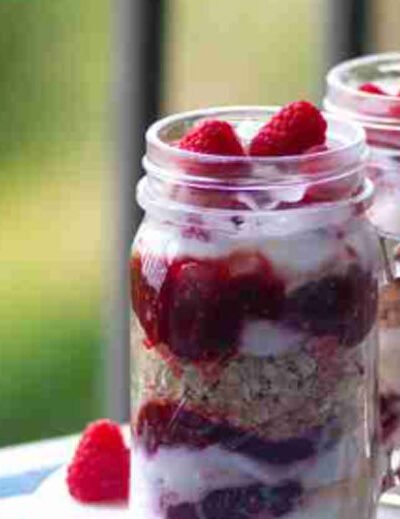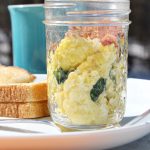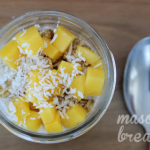You probably think you’ve seen every Mason jar breakfast hack on the internet. Oats, yogurt, berries, repeat. Cute, convenient, predictable. But what if your mornings could be bolder? What if that tidy little jar didn’t just hold breakfast but personality?
Say hello to a fiery twist that makes each spoonful unforgettable — a mason jar breakfasts with a hot sauce.
Yes, spice in a jar. A modern upgrade to the classic overnight oats and yogurt. It’s comfort with character, the kind of breakfast that doesn’t whisper “good morning” but says it with a wink.
Key Takeaways
A modern twist on mason jar breakfasts involves adding hot sauce to elevate traditional flavors into bold, satisfying meals.
- Adding hot sauce to mason jar breakfasts introduces a new level of flavor and energy, transforming simple meals into exciting culinary experiences.
- The Mason jar’s portability and neat layering make it an ideal vessel for experimenting with spiced breakfasts, offering a balanced mix of convenience and creativity.
- Incorporating hot sauce can provide a gentle metabolic boost and endorphin release, enhancing the morning experience without the drawbacks of caffeine.
Why the mason jar still wins
You already know why these jars rule the morning. They’re portable, portion-perfect, and make you look organized even when you’re not. Layering oats or yogurt in glass feels oddly satisfying, like stacking calm into chaos.
They also fit into real life. You can prep three at once, store them in the fridge, and grab one as you rush out the door. The best thing about them is that they’re blank canvases. You get to play, and this is where spice steps in, especially for breakfast lovers who have grown tired of sweetness alone.
The Mason jar keeps it under control. No spills, no chaos, just neat layers that deliver flavor exactly the way you planned. It proves that structure and spontaneity can live in the same space.
Meet your new morning kick
Adding hot sauce to a breakfast jar sounds risky until you try it. It’s not about pouring it on but using a few strategic drops that turn mild flavors into something memorable. Imagine creamy avocado yogurt layered with herbs and a flick of a good hot sauce. It cuts through the creaminess and balances the fruit. You get warmth, tang, and energy in every spoonful. It’s a simple tweak that says, “I’m awake, and so is my palate.”
The capsaicin, the compound that gives chili its heat, may gently boost metabolism and release endorphins. That means the morning zing you feel isn’t just fun, it’s scientifically satisfying. Think of it as caffeine’s flavorful cousin, minus the crash but plus the kick.
This is not a dare for bored ones but definitely a breakfast for the bold.
From trend to ritual
Once you taste it, the jar stops being just a container. It becomes part of your morning rhythm. You start experimenting. The contrast between cool cream and warm heat is addictive in the most satisfying way. Greek yogurt with chili honey. Savory oats with spinach, feta, and a hint of heat. Cottage cheese layered with tomatoes and a trace of spice that makes you pause and smile.
Each jar reflects your mood. Some mornings you go light and refreshing, other days you reach for a little fire. That simple decision, that moment you twist open the lid, becomes a form of self-expression.
Spice doesn’t compete with the simplicity of the Mason jar. It completes it. It transforms convenience into craft.
Turn up the heat
You don’t need to reinvent your mornings to make them exciting. Keep the jars. Keep the prep. Just introduce something that changes the rhythm. Grab your favorite sauce — mild, smoky, or fiery — and let it become part of your routine. Spoon, swirl, seal, and chill.
When tomorrow arrives, open that jar and take a bite. Every spoonful is proof that mornings can wake you up without jitters, just a steady hum of energy that feels earned.
So go ahead. Grab your jar, twist, taste, and turn up the heat. The best mornings start with confidence, flavor, and just the right amount of fire.





Leave a Reply